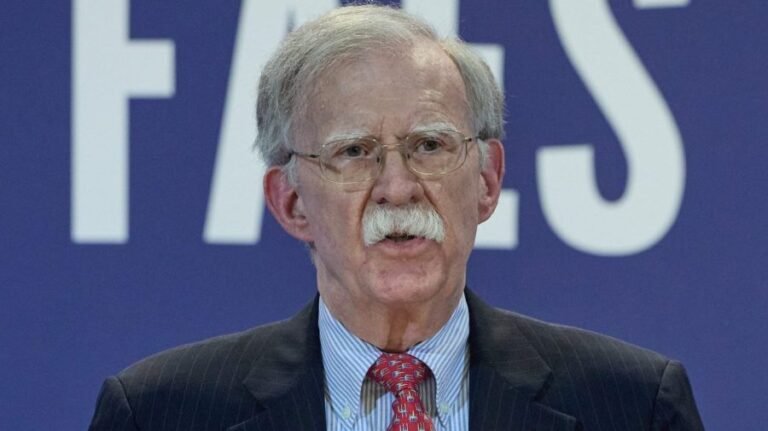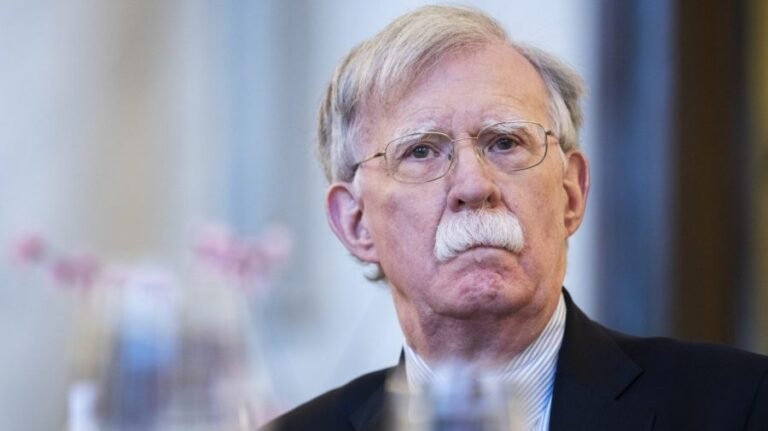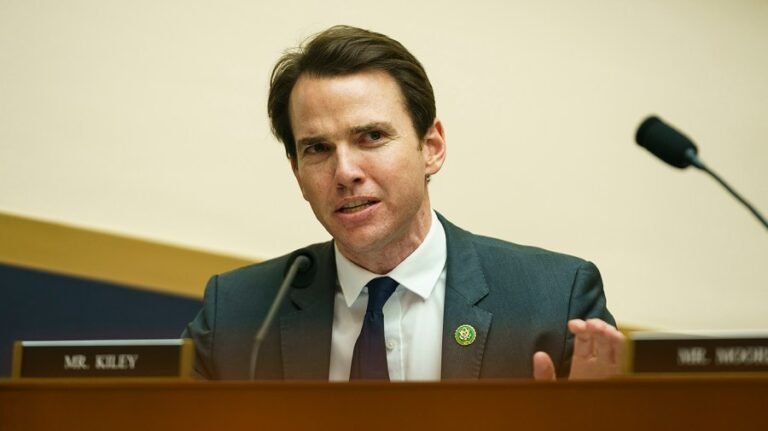
Lobby turnstiles click louder these days, with corporate chiefs extending mandatory office schedules and federal administrators tightening attendance rules.
But according to new research in the Flex Index, the reality feels quieter. One reason is that people show up just long enough to appease the scanner, then vanish back to environments that let them think.
Required in-office time from employer mandates climbed 13 percent between 2024’s second quarter and this year’s, from 2.49 to 2.82 days per week. Yet physical attendance stayed nearly flat, inching up 1 percentage point over that time. Stanford economist Nick Bloom summarizes the pattern in six deflating words: “Attendance is flat as a pancake.” Rules multiplied; compliance did not. The data expose a mismatch between what leaders decree and what professionals accept.
Workers respond with creativity rather than confrontation. “Coffee-badging” — swiping in, grabbing a latte and slipping out to work remotely — has become common enough to earn a Wikipedia entry and dominate water-cooler chats. An Owl Labs State of Hybrid Work survey found that 44 percent of U.S. employees admit to having done this. Business Insider profiled Amazon engineers who were planning on doing it after learning of the company’s five-day office mandate. These stories signal skilled and intentional dissent.
While some executives claim culture requires proximity, badge-swipe dashboards measure presence, not purpose. When professionals sacrifice two hours a day to traffic, only to sit on video calls with colleagues elsewhere, they conclude that the commute tax buys nothing valuable. Every wasted morning fuels skepticism, and the badge-data gap widens further. Leaders meddle with schedules; professionals rewrite the social contract.
Commuter mandates hit some groups harder than others. Parents juggle school drop-offs and pick-ups against rigid start and quit times. Disabled employees who invested in accessible home setups suddenly absorb costly relocations. Rural professionals who helped revive struggling main streets during the pandemic now face forced moves or resignations. The badge gap therefore amplifies inequity as well as inefficiency.
Faced with wavering attendance, organizations escalate monitoring.
An April 21 Office of Management and Budget memo ordered every federal agency to begin “utilization monitoring,” instructing facility managers to pull badge-swipe and computer-login data to verify daily presence. Nine days earlier, the Environmental Protection Agency told supervisors to cross-reference card entries with network pings and warned of “performance consequences” for absences.
NASA quickly followed with its METEOR system, which records every entry and exit, even tracking how long an employee stays away for lunch. Union representatives warn that such minute-by-minute logs could chill whistleblowing and collaboration across centers because staff worry that walking to another division without formal clearance might look like slacking. So instead of sparking spontaneous idea-sharing, constant surveillance encourages employees to keep their heads down and their voices low.
Private industry copies government zeal. Wired reports a wave of RFID, GPS and biometric systems “coming for the office worker” as companies try to defeat what they label “time theft.” Gartner predicts that by December 2025, 70 percent of large employers will track staff digitally.
These tools promise clarity yet trade in distrust: perks out, monitoring in, and a corporate tone that reduces humans to telemetry. University of Waterloo researchers warn that intrusive tech damages morale and rarely captures creative contribution accurately. Instead of raising accountability, it pushes talent toward concealment or exit.
There is a saner route. Leaders who specify outputs — sales booked, bugs fixed, citizens served — and let teams decide how to achieve those goals consistently gain engagement. Small businesses already understand; the Flex Index shows 70 percent of firms with fewer than 500 employees grant full location choice, while only 12 percent of enterprises with 25,000 or more do the same.
The result: Main Street shops lure specialists as well as new recruits who reject badge quotas, gaining an agility edge over giants.
Nearly one in three professionals plan to launch a job search in 2025, according to new data from Robert Half’s Demand for Skilled Talent report. Greater control over when and where they work represents a top priority. Among active job seekers, 48 percent are targeting hybrid roles, while 26 percent plan to seek fully remote positions.
This trend isn’t just about convenience — it’s reshaping the talent market. Flexible work models lock in loyalty. In a separate Robert Half survey, 76 percent of employees said that the ability to choose their schedule and work location plays a major role in whether they stay with a company. For employers, the message is clear: offer flexibility or risk losing your best people.
Policy can accelerate the pivot. Congress could require quarterly disclosure of actual occupancy averages next to attendance rules, forcing executives to own the gap between aspiration and reality. Legislators might also mandate privacy impact assessments before government agencies purchase monitoring software, ensuring taxpayer dollars do not bankroll culture erosion. Tax incentives for companies that verify productivity gains from flexible practices would further tilt the marketplace toward evidence rather than rhetoric.
Sensors illuminate motion, not meaning, and spreadsheets of swipe counts cannot capture the spark that drives innovation. When leaders chase head-count optics, they sacrifice the autonomy and motivation that propel performance. The future of work will reward organizations bold enough to trade suspicion for purpose, to replace scanning with conversation, and to judge professionals by results. Those who cling to swipe tallies will watch talent keep inventing exit routes, and the desks behind those gleaming turnstiles will stay empty.
Gleb Tsipursky, Ph.D., serves as the CEO of the hybrid work consultancy Disaster Avoidance Experts and authored the best-seller “Returning to the Office and Leading Hybrid and Remote Teams.”






